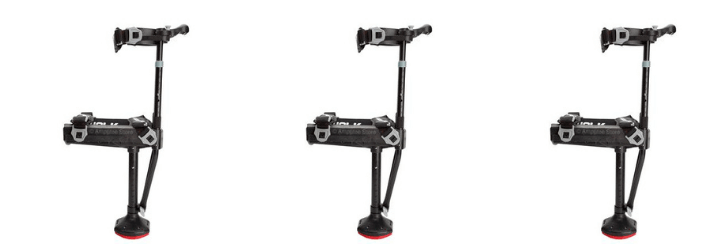A client suffering CRPS in his left foot and lower leg has drawn my attention to the iWalk, which the manufacturers say is “a carefully engineered multiple award winning medical mobility device that ends the pain and inconvenience of conventional crutches.”
Libby Parfitt has commented previously on the potential problems caused by long-term reliance upon traditional elbow crutches and the solution offered by smartCRUTCH™. Now, for some long-term crutch users, iWalk potentially presents an opportunity to dispense with their crutches altogether.
CRPS
When observing the iWalk in action it can be seen immediately that the device may prove invaluable to those with fractures and other injuries below the knee, particularly for those immobilised in a cast. But what about for people suffering CRPS?
Whilst I understand that some people with CRPS below the knee are using and benefitting from the iWalk, clearly for many its use may prove difficult or impossible for the following reasons:
- The pressure caused by the horizontal lower leg rest and straps would likely prove an obstacle to tolerating the iWalk if the CRPS has spread above ankle level.
- For those who have been crutch reliant for some time, muscle wasting around the knee may have reduced the strength and stability of the knee, through which iWalk transmits body weight.
- People with a CRPS-affected limb are understandably very protective towards it and will be concerned at the thought of the limb being exposed to accidental knocking behind them.
Ingenious
The iWalk is nevertheless an ingenious device and for those able to tolerate it, I can see that it must be hugely liberating. It is also relatively inexpensive; available in the UK for around £160.
Could it be adapted?
I’m no expert in design, but I suppose there is always the possibility of the iWalk being modified to make it more tolerable for more people with CRPS. Whether that was considered a worthwhile exercise would, I’m sure, depend upon the potential market for the device among those with CRPS. However, even a modified design is unlikely to overcome the issue of the limb’s greater exposure to accidental contact.
You may also be interested in the following articles:
The Rio Firefly: is this a mobility breakthrough for CRPS and Chronic Pain sufferers?
Can virtual reality help CRPS sufferers?
